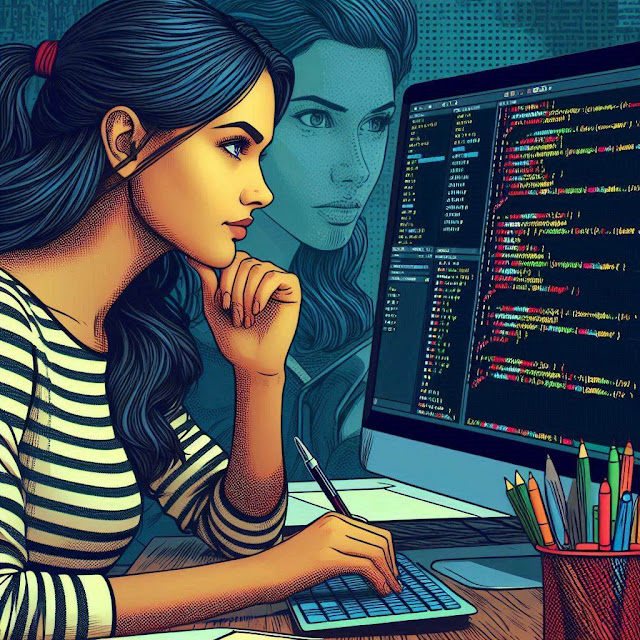The Cosmic Dance of Code: How Machines Might Learn to Learn

We stand at a peculiar precipice in the history of technology. For millennia, we humans have been the sole arbiters of innovation, painstakingly crafting tools and techniques to extend our reach. But what if that were to change? What if machines could evolve not by our direct command, but by their own intrinsic drive, venturing into the vast, uncharted territories of capability? This is not science fiction; it’s a real possibility, one that stems from a fascinating interplay of computer science, mathematics, and a touch of philosophical musing about the nature of intelligence itself. It is the basis of my patent "Mechanism to Motivate Machines to acquire new and useful skills without human intervention" granted earlier this year by the India Patent Office. At the heart of this potential revolution lies a concept called the Digital Intelligence Unit, or DIU. Imagine a DIU as a self-contained package of digital abilities. It's a module of code, data, and models that embodi...











